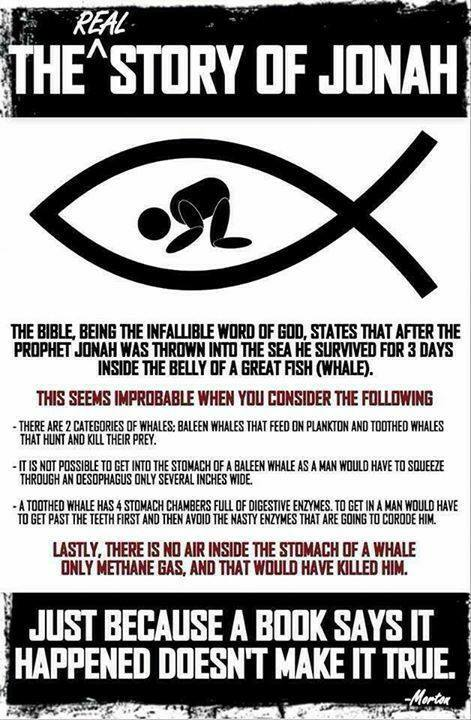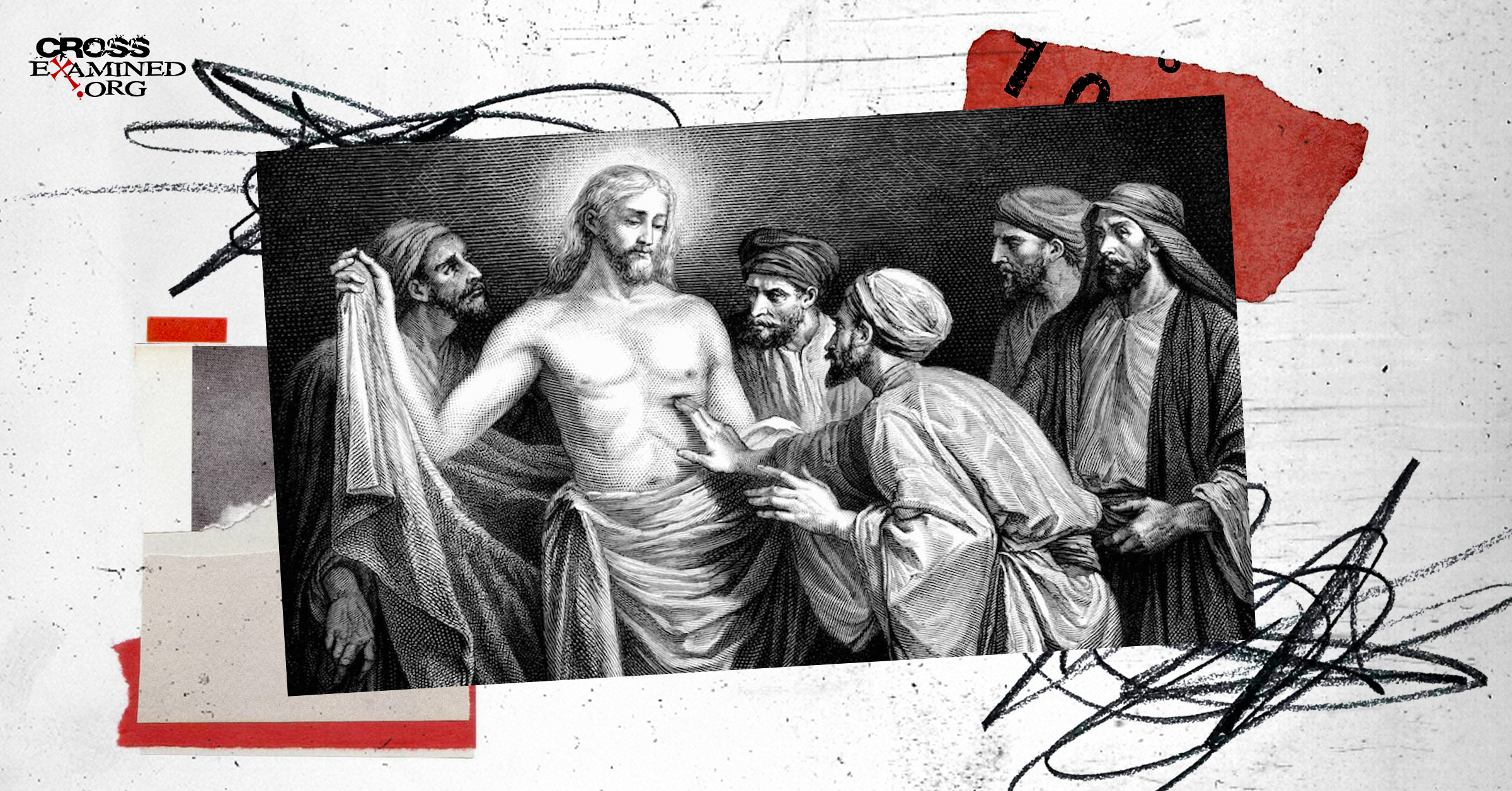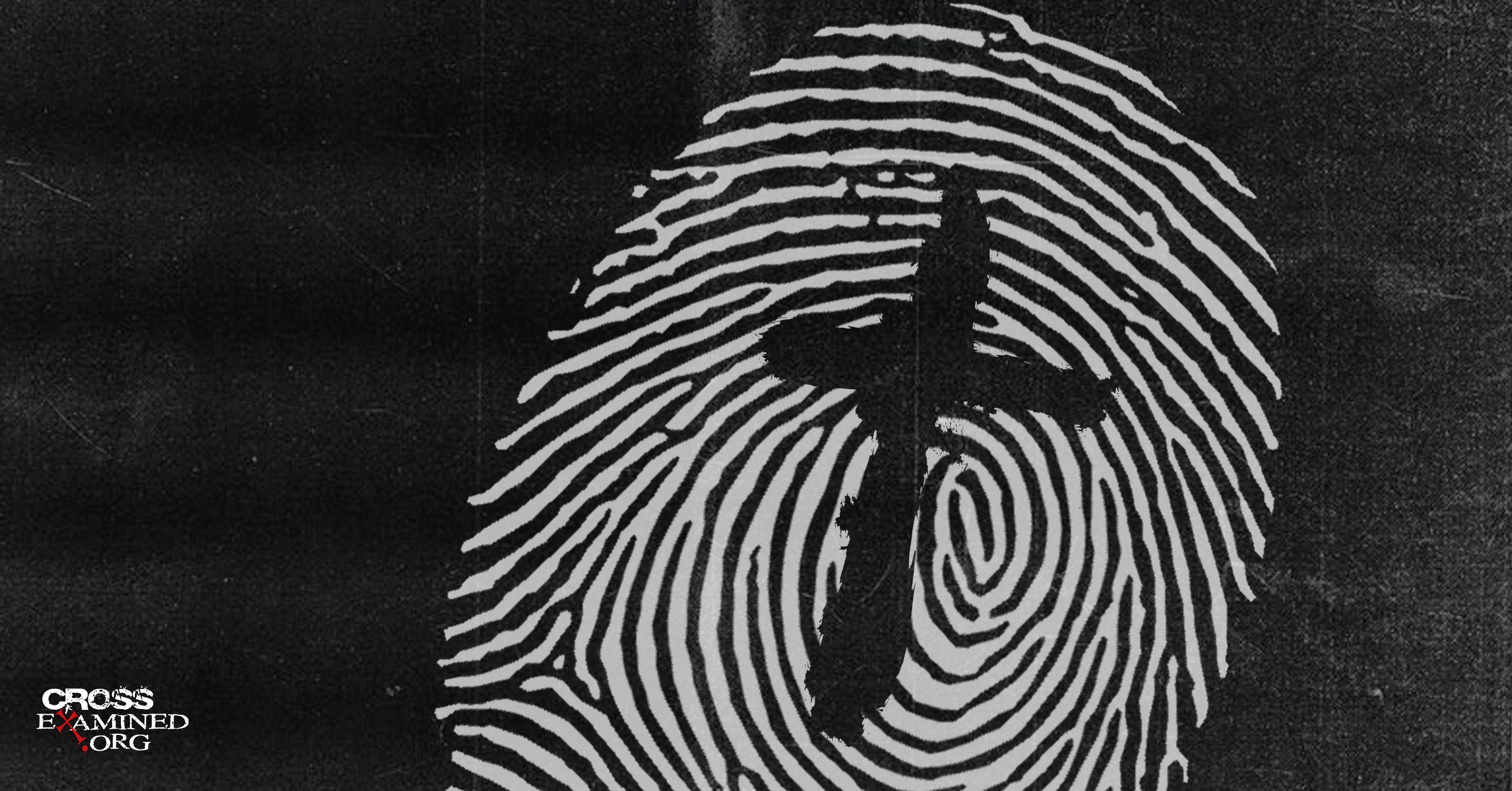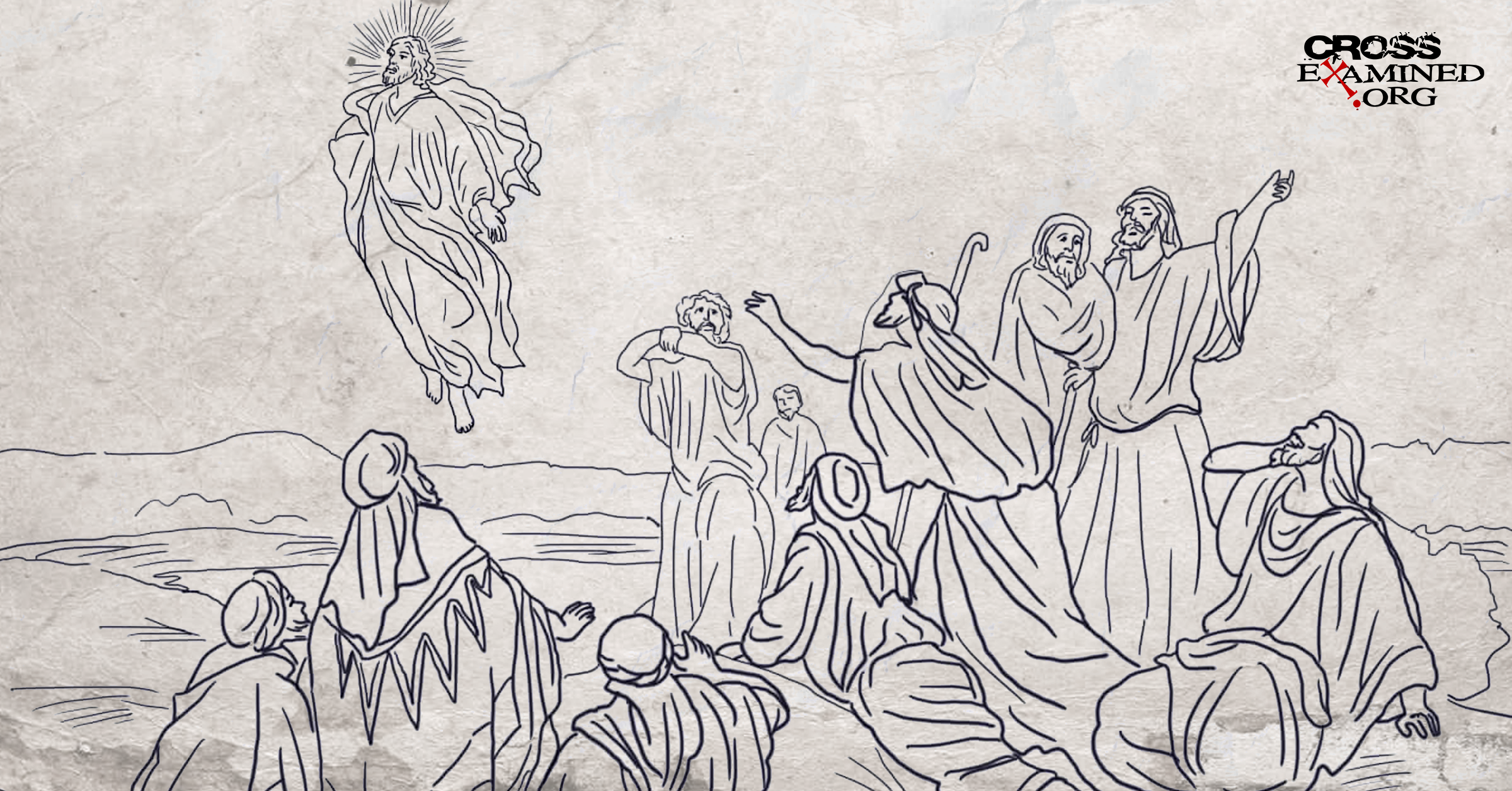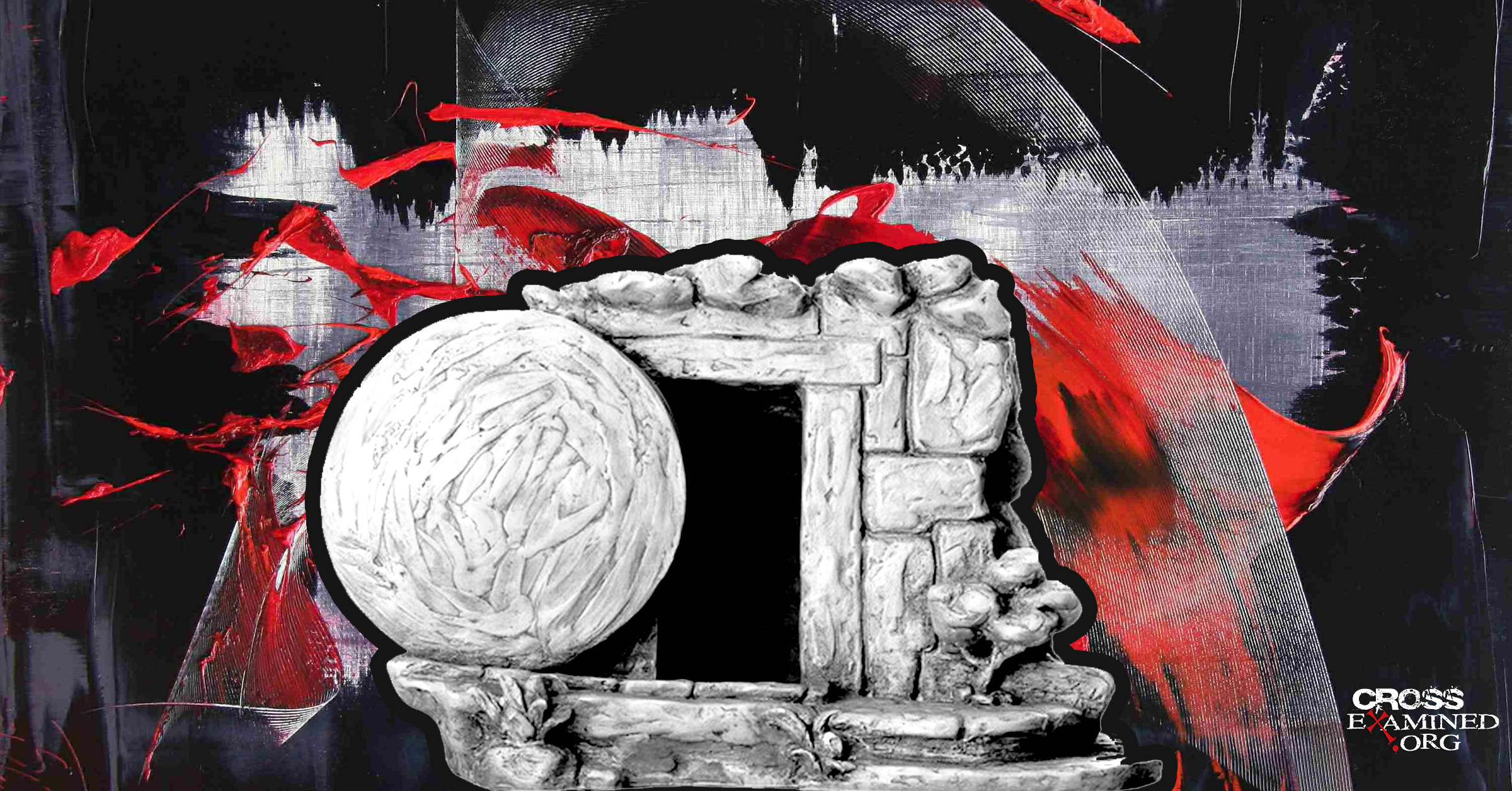Dale Martin is a scholar of the New Testament, formerly a professor at Yale University until his retirement in 2018. Prior to his appointment at Yale, Martin was a faculty member at Rhodes College and Duke University. Yale University generously uploads many lecture series, covering various disciplines, to their “YaleCourses” YouTube channel. One of their series, uploaded in 2009, covers the discipline of New Testament studies and is instructed by Dale Martin (here is the link to the playlist). Watching Dale Martin teach his introductory lecture raised a number of concerns for me — not primarily because I disagree profoundly with many of Dr. Martin’s conclusions but because a significant number of the ‘facts’ he delivers in his presentation are quite simply false on a factual level, or otherwise misleading. This concerns me because of Dr. Martin’s position at the time as a faculty member and thus a position of trust in relation to his students. Undergraduate students are unlikely to fact-check the statements of one of their professors because it is assumed that the information being delivered at the college level, in particular at a prestigious institution such as Yale, will be factually correct. Imagine being a young Christian freshman student and, being interested in the New Testament, signing up for the course on “Introduction to New Testament History and Literature.” Is it any wonder that somewhere between sixty and eighty percent of young people in the church are losing their faith after going to college? Of course, intellectual concerns are not the only reason why a young student may walk away from the faith, but it is certainly a major factor that contributes to the youth exodus problem. In this article, I will discuss some of the assertions made by Dr. Martin in his introductory lecture, which one can presume is representative of what students in other institutions around the country are also being exposed to.
Dr. Martin begins his lecture by asserting that “the text of the Bible isn’t Scripture in itself. It’s only Scripture to a community of people who take it as Scripture.” This is nothing short of postmodern relativism (though Dale Martin himself elsewhere identifies as a postmodern Christian, so I doubt he would quibble with this). However, this position is not tenable — either the Bible is Scripture for everyone or it is not Scripture for anyone, irrespective of what any individual believes about it. It cannot be Scripture to a community of people who take it to be Scripture and not Scripture to everyone else.
Dr. Martin went on to give his class a quiz about whether certain ideas are found in the Bible or not. He claims that the doctrine of the Trinity is not found in the Bible. However, this is very misleading. Certainly, the word “Trinity” is not in the Bible, and neither are the philosophical categories that came to be associated with the doctrine of the Trinity in particular at the council of Nicaea in 325 A.D (i.e. the distinction between being and person). But the concept of there being one God who is manifest in three distinct persons (Father, Son, and Holy Spirit) is an idea that can indeed be found in the Bible. If the Scriptures uphold the doctrine of monotheism and also maintain that the attributes and titles of deity are associated with three distinct persons, I would argue that the Nicene formulation of the doctrine of the Trinity is the best way of understanding the Biblical text. Readers who are interested in a more thorough discussion of this topic are invited to peruse my articles on the subject of the Trinity, available here. Readers may also find useful the recording of my recent debate with an Islamic scholar, Dr. Shabir Ally, on the Trinity vs. Tawhid. Dr. Martin says that “Some people will say that at least the doctrine of the Trinity is hinted at in the Bible and that the later church was correct to read the New Testament to support it. And that might be right theologically. But read historically it’s not in the Bible.” It is not clear to me how Dr. Martin makes a distinction here between reading the Bible theologically and reading it historically. Good hermeneutics attempt to elucidate the meaning of the text as intended by the original author, historically. It is a mistake to draw any sort of distinction between what the text meant historically and what it means theologically.
Dr. Martin also brought up a popularly claimed contradiction between the resurrection accounts in Matthew and Luke. According to Dr. Martin, the gospel of Matthew “has Jesus appear to the disciples only in Galilee (not in Judea), and the gospel of Luke and Acts have Jesus appear to his disciples only in Judea but not in Galilee.” At the end of Luke, however, there is clear haste and a lack of specificity about time. The very end of Luke does not make it look like all of the appearances take place in one day. He’s either running out of scroll or in a hurry at that point, and he doesn’t appear to have full knowledge yet of exactly how long Jesus was on earth, so he just leaves it non-specific and clarifies in Acts 1. I would argue that it is entirely plausible that Jesus’ instruction to remain in Jerusalem (Acts 1:4) was said to the disciples after they had returned to the Jerusalem area from Galilee during the 40 days on which Jesus remained on the earth, perhaps shortly or even immediately prior to the ascension. By all accounts, the ascension occurred from the region of the Mount of Olives near Bethany, so evidently, they went to Galilee and then came back. I do not see a problem here.
Dr. Martin also claims that the doctrine of the immortality of the soul is not found in the Bible and that the New Testament does not teach that souls go to be with Jesus after death. This, however, is nonsense. Paul says in Philippians 1:23-24 “My desire is to depart and be with Christ, for that is far better. But to remain in the flesh is more necessary on your account.” Jesus says to the thief on the cross, “Truly, I say to you, today you will be with me in paradise” (Luke 23:43). The alternative reading of that text, which puts the comma after “today” (i.e. “I say to you today…”) is possible but unlikely since that construction is not found anywhere else in the New Testament. The parable of the rich man in Lazarus in Luke 16 also seems to indicate a conscious experience post-death. Even though the story is a parable, parables reflect actual real-life scenarios. There are no other parables in the gospels where Jesus literally invents a fantasy world which does not reflect actual realities.
Dr. Martin then went on to claim that the book of Acts reads like a Greek romance novel. This is material straight out of the late Westar Institute fellow Richard Pervo, who was, to be candid, a fringe scholar. Craig Keener, who is arguably the world’s leading authority on the book of Acts, comments[1],
“In the end, most scholars reject the characterization of Acts as a novel. Ancient readers knew the genre of the novel but, in the overwhelming majority of cases, could distinguish between the narrative genres of history (where facts are important to the genre) and novel (where they are not). Even when historical works have incorrect facts, they do not become fiction, and a novel that depends on historical information does not become history; what distinguishes the two genres is the nature of their truth claims. Yet Acts is certainly entertaining history, recounting ‘a dramatic and absorbing story.’ The literary public was not large enough for political and other historians to gain an audience by simply recounting bare events. ‘The historian therefore had to recount in lively fashion events beyond his reach, and qualify ethically the personalities involved.’”
The fact of the matter is that the book of Acts is spectacularly well supported by extrabiblical corroborating evidence (one could give more than a hundred examples lifted from works by Craig Keener, Colin Hemer, James Smith, and others).[2] It is also supported by dozens of undesigned coincidences with the letters of Paul (indeed, one could adduce more than forty examples if one were limited to using only Romans, 1 & 2 Corinthians, and Galatians, never mind the numerous examples found in the other epistles).[3] There are also unexplained allusions (such as Acts 18:18), which further support historicity. For further discussion of this subject, I refer readers to Tim McGrew’s excellent lecture on the reliability of Acts, as well as the discussion I had on the same subject with Craig Keener (see also the interview I did with Wesley Huff on the evidence for the historical trustworthiness of Acts). I have also discussed this subject in detail elsewhere on this website (e.g. see here, here, and here), so I need not repeat myself in this article. Furthermore, the best way of interpreting the “we” passages in Acts 16:10ff as indicating that the author was a travelling companion of Paul. Besides the clear inside-knowledge that is demonstrated by the author of Acts throughout his volume, the “we” passages trail off in Acts 16 when Paul is in Philippi and then begin again in Acts 20 when Paul returns back through Philippi (strongly suggesting that the author had remained in Philippi and rejoined Paul when Paul returned through Philippi).[4]
Dr. Martin then claims that Paul was not considered to be an apostle by the guy who wrote the book of Acts. However, the author of Acts does indeed identify Paul as an apostle, since he refers to “the apostles Barnabas and Paul,” (Acts 14:14). Even without that reference, however, it would not demonstrate that Luke did not view Paul as an apostle, since Luke does not say anything to the contrary. And Paul implies in his letters that the Jerusalem leaders recognized Paul as an apostle (e.g. Galatians 2:7). Luke was present with Paul when he met with the Jerusalem leaders, including James, in Acts 21.
Dr. Martin also claims that the epistle to the Hebrews (which he correctly recognizes is more like a homily) is not addressed to Jews but is addressed to gentiles. This too is indefensible. The whole point in Hebrews is that the author is explaining the superiority of the new covenant over the old because the audience to whom the homily is addressed are in danger of going back to their former ways of Judaism. Even the opening verse of the book of Hebrews suggests that the intended audience is fellow Jews: “Long ago, at many times and in many ways, God spoke to our fathers by the prophets.” The book also presupposes certain things that the author can take for granted would be familiar to a Jewish audience, but which he cannot take for granted to have been familiar to a gentile audience.
Dr. Martin further asserts that the New Testament books were written between the year 50 and the year 150 A.D. One has to wonder what book(s) Dr. Martin thinks were written as late as 150? It seems unlikely to me that any of the books were written later than the close of the first century, and I am not aware of any contemporary scholars who would date any of the New Testament books that late. At the very least, Martin’s view here is extremely out-dated. Though it was once thought by the Tubingen school that the gospel of John was composed towards the latter end of the second century, this view has now been universally abandoned, in part due to the discovery in 1934 of the John Rylands fragment, p52, a small fragment of the gospel of John that may be dated to, give or take, 125–175 A.D.
It is quite disappointing to see a scholar of Dale Martin’s caliber mislead his students in regards to the text of the New Testament. If this lecture is representative of what freshman students are being told at institutions of higher learning such as Yale, Duke, or Harvard, then it is no wonder that so many young people are falling away from the faith. Now, to be fair, I am also aware of misleading and factually inaccurate statements being made at evangelical seminaries as well, so this problem is not unique to secular institutions. However, this does teach us how imperative it is that students, no matter what institution of higher learning they attend, when it comes to worldview-sensitive subjects such as New Testament studies or philosophy of religion, should always do their own fact-checking and not take the word of their professor at face-value. It also reveals how important it is for parents to equip their children with a robust, though balanced, education of their own in regards to the Bible in order to adequately equip them for the intellectual challenges they will face in college.
Footnotes
[1] Craig Keener, Acts: An Exegetical Commentary, Vol. 1 (Michigan: Baker Academic, 2012), 431, 80–81.
[2] Craig S. Keener, Acts: An Exegetical Commentary, Vols 1-4 (Grand Rapids, MI: Baker Academic, 2012–2014). Colin J. Hemer, The Book of Acts in the Setting of Hellenistic History, ed. Conrad H. Gempf (Winona Lake, IN: Eisenbrauns, 1990). James Smith, The Voyage and Shipwreck of St. Paul: With Dissertations on the Life and Writings of St. Luke, and the Ships and Navigation of the Ancients, ed. Walter E. Smith, Fourth Edition, Revised and Corrected. (London: Longmans, Green, and Co., 1880).
[3] William Paley and Edmund Paley, The Works of William Paley, vol. 2 (London; Oxford; Cambridge; Liverpool: Longman and Co.; T. Cadell; J. Richardson; Baldwin and Cradock; Hatchard and Son; J. G. & F. Rivington; Whittaker and Co.; Hamilton, Adams & Co.; Simpkin, Marshall, and Co.; Smith, Elder, and Co.; E. Hodgson; B. Fellowes; R. Mackie; J. Templeman; H. Washbourne; Booker and Dolman; J. Parker; J. and J. J. Deighton; G. and J. Robinson, 1838). Lydia McGrew, Hidden in Plain View: Undesigned Coincidences in the Gospels and Acts (Tampa, FL: Deward Publishing Company, Ltd, 2017)
[4] Craig Keener, Acts: An Exegetical Commentary, Vol. 1 (Michigan: Baker Academic, 2012), 431.
Recommended resources related to the topic:
I Don’t Have Enough Faith to Be an Atheist (Paperback), and (Sermon) by Norman Geisler and Frank Turek
Stealing From God by Dr. Frank Turek (Book, 10-Part DVD Set, STUDENT Study Guide, TEACHER Study Guide)
Fearless Generation – Complete DVD Series, Complete mp4 Series (download) by Mike Adams, Frank Turek, and J. Warner Wallace
So the Next Generation will Know by J. Warner Wallace (Book and Participant’s Guide)
__________________________________________________________________________________________________________________________________________________
Dr. Jonathan McLatchie is a Christian writer, international speaker, and debater. He holds a Bachelor’s degree (with Honors) in forensic biology, a Masters’s (M.Res) degree in evolutionary biology, a second Master’s degree in medical and molecular bioscience, and a Ph.D. in evolutionary biology. Currently, he is an assistant professor of biology at Sattler College in Boston, Massachusetts. Dr. McLatchie is a contributor to various apologetics websites and is the founder of the Apologetics Academy (Apologetics-Academy.org), a ministry that seeks to equip and train Christians to persuasively defend the faith through regular online webinars, as well as assist Christians who are wrestling with doubts. Dr. McLatchie has participated in more than thirty moderated debates around the world with representatives of atheism, Islam, and other alternative worldview perspectives. He has spoken internationally in Europe, North America, and South Africa promoting an intelligent, reflective, and evidence-based Christian faith.
Original Blog Source: https://cutt.ly/8Q6Jipt
